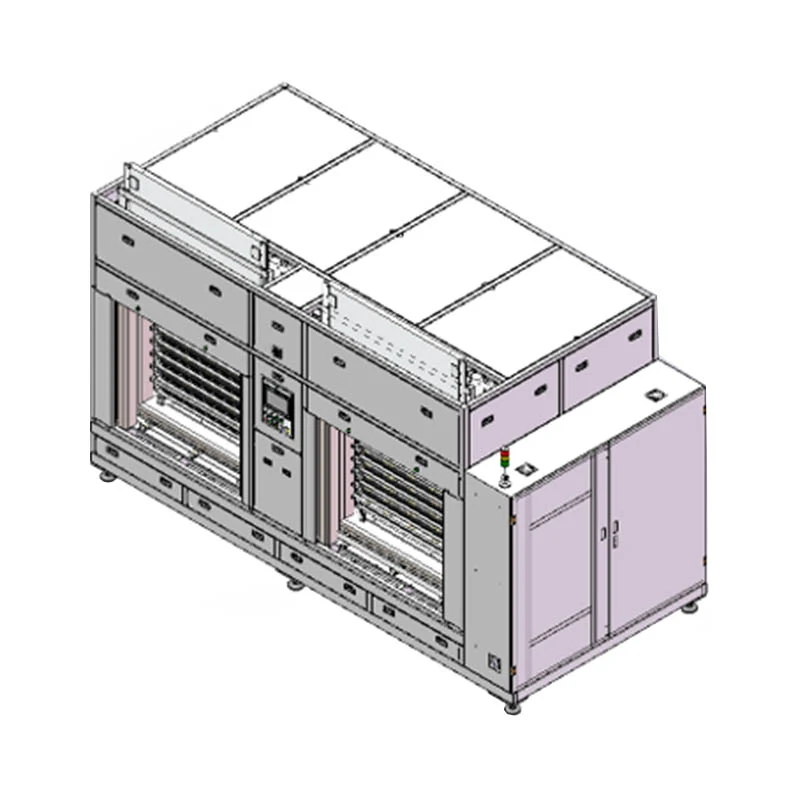Against the background of the rapid development of modern electronic technology, the demand for miniaturization, high-frequency performance and structural integration of electronic devices is constantly increasing. LTCC technology (Low Temperature Co-fired Ceramic) came into being under this trend and gradually became one of the important technologies in high-performance electronic packaging and module manufacturing. So, what is LTCC technology? Why is it favored by the industry? This article will analyze it for you one by one.
LTCC, or low-temperature co-fired ceramics, is a multilayer ceramic circuit substrate technology. It uses glass-ceramic composite materials as raw materials and can be sintered below 850°C without damaging the internal metal conductor materials (such as silver or copper). During the manufacturing process, multilayer ceramic tapes are superimposed and laminated with circuit patterns and sintered together to form a multilayer circuit substrate with compact structure and stable performance.
Compared with the traditional high-temperature co-fired ceramic (HTCC) process, the biggest advantage of LTCC is "low-temperature sintering", which makes it compatible with a wider range of conductor materials and device structures.
1. Multilayer structure and three-dimensional wiring capability
LTCC allows circuits and passive components to be embedded in multiple ceramic layers, realizing true three-dimensional circuit wiring and integration. This not only saves space, but also effectively shortens the signal transmission path and reduces signal loss.
2. Thermal stability and high reliability
The ceramic material itself has excellent thermal stability and chemical stability, which makes LTCC products still have good reliability and life in high temperature, high humidity and harsh environments.
3. Superior electrical performance
LTCC substrates perform well in high-frequency applications, with low dielectric loss and good dielectric constant consistency, and are very suitable for RF modules, microwave communications, automotive radars, 5G antennas and other fields.
4. Embedded passive devices
Passive components such as inductors and capacitors can be directly embedded in the LTCC structure, further improving the integration of the module and reducing the number of peripheral components, thereby achieving miniaturization and high integration of products.
LTCC is widely used in multiple high-tech industries, covering:
Communication field: such as mobile phone RF modules, 5G small base stations, microwave filters, etc.;
Automotive electronics: used for radar systems, engine control modules, etc.;
Medical equipment: high-reliability sensors, packaging substrates;
Industrial control and aerospace: electronic modules for high temperature and high vibration resistance;
Smart wear and IoT: small size, low power consumption, high frequency response key component packaging.

1. Thin and light modules and compact structure
Due to its high integration capability, the volume of LTCC modules is much smaller than that of traditional PCB+chip structures, especially suitable for terminal products with limited space.
2. Good process compatibility
LTCC technology is not only suitable for traditional chip processes, but can also be combined with a variety of packaging processes, such as chip-level packaging, system-level packaging, etc., with strong flexibility.
3. Suitable for mass production
LTCC technology has achieved industrial-scale production, with strong controllability and high yield rate in the manufacturing process, which is suitable for the needs of the mid-to-high-end market.
V. Summary: LTCC is the key direction for the development of electronic modules in the future
With the continuous growth of emerging industries such as 5G, smart cars, the Internet of Things, and satellite communications, the demand for high-frequency and high-density packaging solutions continues to grow. As a technical route that combines performance, volume and reliability, LTCC is gradually moving from professional high-end applications to a wider commercial market.
If your product involves high-frequency signals, complex circuits or extreme environment applications, LTCC technology will be a solution worthy of key consideration. We welcome you to contact us for more customized services and technical support for LTCC products.
Contact us to start a new experience in ceramic packaging.For more information on the parameters, application cases or sample information of LTCC products, please contact us through the official website or customer service channel.
